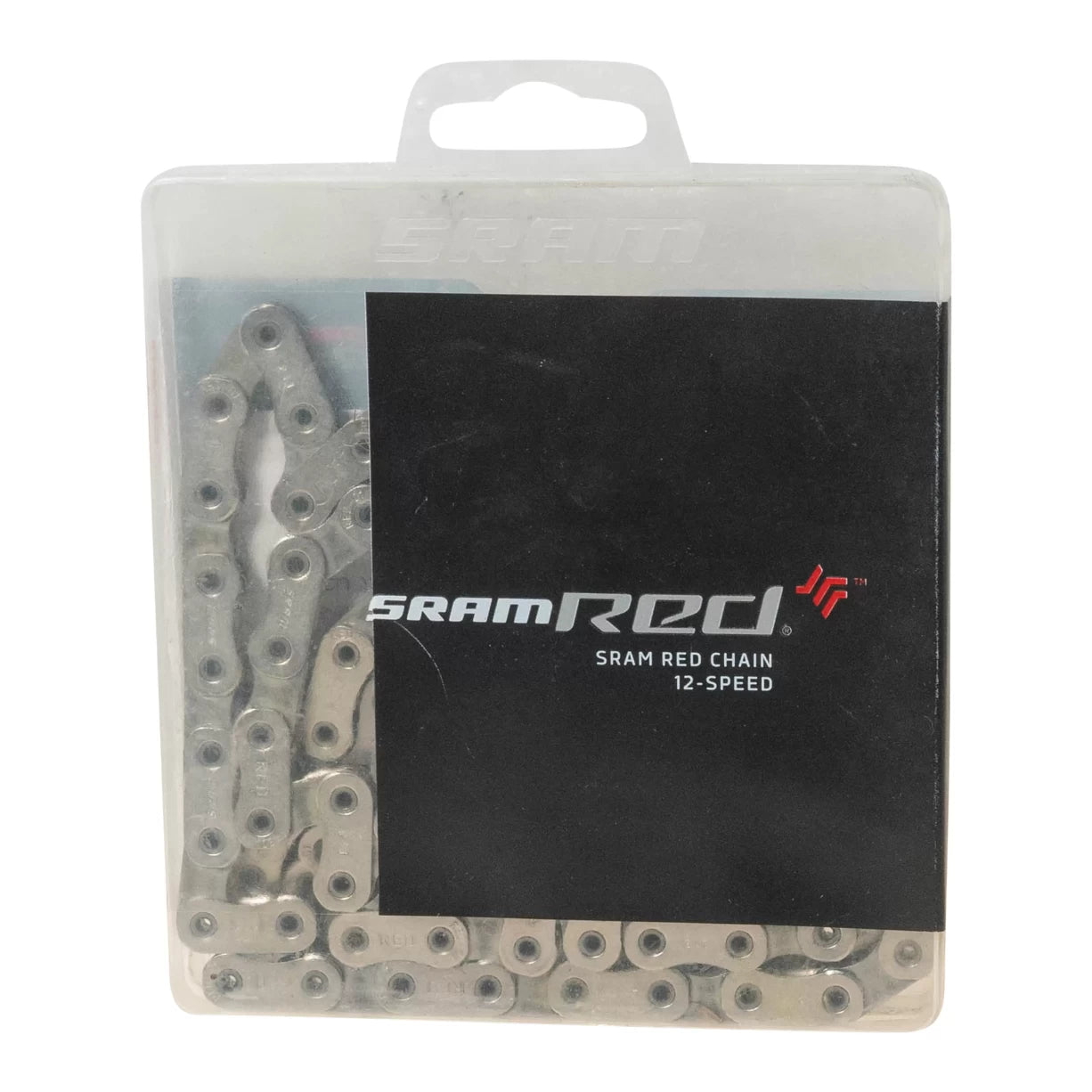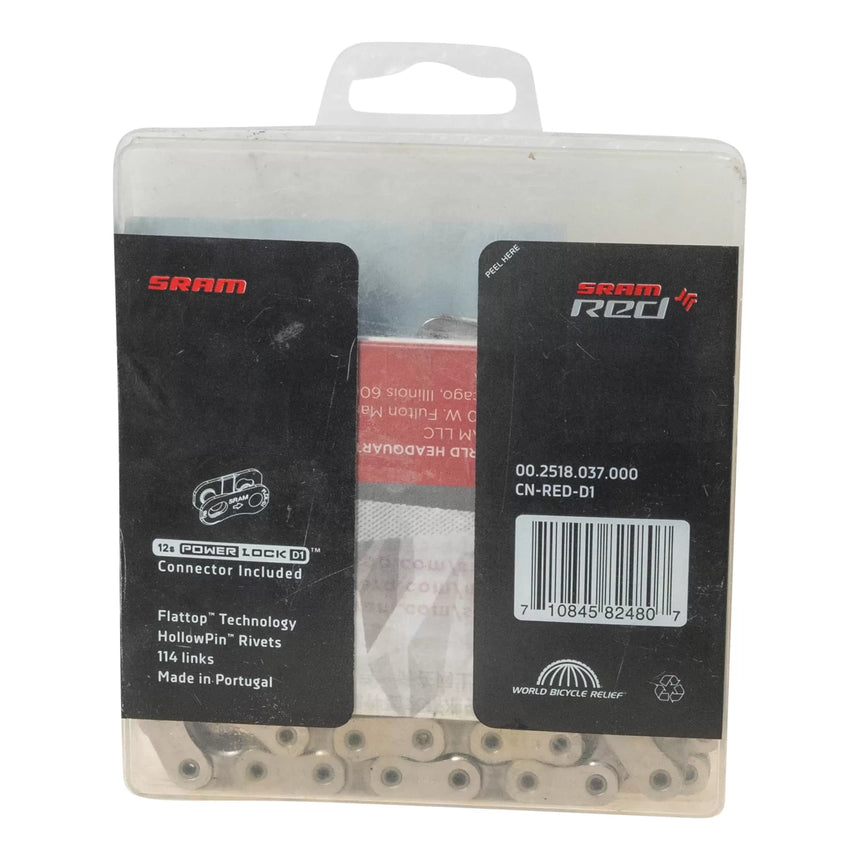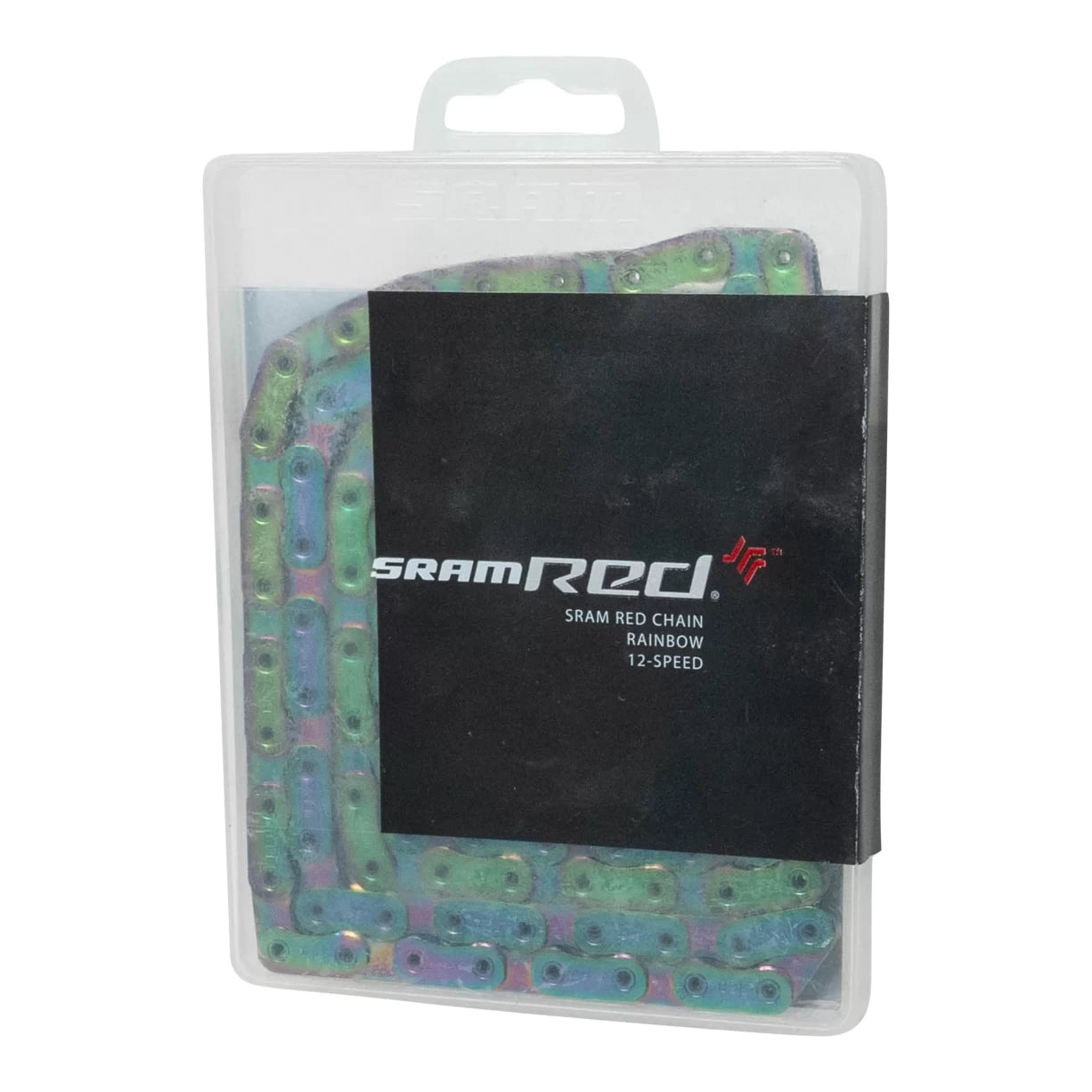Best Bike Chains: Road, MTB & More | Expert Guide & Top Brands
Are you ready to unlock the secrets to a smoother, more efficient, and longer-lasting ride? A properly maintained bicycle chain is the unsung hero of every cycling adventure, and understanding its intricacies is paramount to a truly enjoyable experience.
From the rigorous climbs of mountain biking to the relentless speed of road racing, the humble bicycle chain is the vital link that translates your pedal strokes into forward momentum. Its the component that bears the brunt of every watt of power you generate, and its performance dictates everything from your climbing efficiency to your overall enjoyment on the trail or road. Bike chains are designed to shift smoothly, stay strong, and keep you rolling for miles.
But what makes a good bike chain, and how do you ensure it keeps performing at its best? We delve deep into the world of bike chains, providing you with an all-encompassing guide to help you make informed decisions, optimize your riding experience, and keep you rolling smoothly and efficiently.
Understanding the Modern Bicycle Chain
Bicycle chains are no longer simple, one-size-fits-all components. Modern chains are designed to cater to a wide spectrum of riding styles and drivetrain configurations. From the high-speed demands of road cycling to the rugged terrain of mountain biking and the versatile nature of gravel riding, theres a chain engineered to excel in each specific discipline. These chains are designed for road, mountain, cyclocross, gravel, and more. They are built for strength and speed.
The primary factors that differentiate bike chains include:
- Number of Speeds: The number of speeds your bike has (e.g., 8-speed, 11-speed, 12-speed) directly impacts the type of chain you need. Higher speeds generally mean narrower chains to accommodate more sprockets on the cassette.
- Compatibility: Chains are designed to work with specific drivetrain components from manufacturers like Shimano, SRAM, and Campagnolo. Matching chain compatibility with your drivetrain is essential for smooth shifting.
- Construction and Materials: The materials and manufacturing processes used in chain construction affect their durability, weight, and performance. Higher-end chains often feature advanced materials and coatings to reduce friction and wear.
- Riding Style: Different riding styles place different demands on chains. Road racing chains prioritize low weight and efficiency, while mountain bike chains emphasize durability and strength to withstand rugged terrain.
Compatibility is key. Before purchasing a new chain, you'll need to know what kind of drivetrain you have. Compatibility with Shimano, SRAM, and Campagnolo components is crucial for smooth shifting and optimal performance. It's vital to match your chain to your specific drivetrain setup to ensure seamless shifting and prevent premature wear.
When selecting a chain, keep in mind the following points:
- Speed: Ensure the chain is compatible with the number of speeds on your cassette and chainrings.
- Brand: Shimano, SRAM, and Campagnolo chains are designed to work with their respective drivetrains. Mixing brands may affect shifting quality.
- Budget: Chains come in a wide price range. Consider your riding habits and budget when choosing a chain.
Our complete guide to bike chains introduces the different speeds used on various bikes, how to fit them and how to tell when they're worn. Top quality, great selection and expert advice you can trust. Discover the best bike chains in best sellers. Find the top 100 most popular items in amazon sports & outdoors best sellers.
Bike Chain Specifications and Maintenance
The longevity and performance of your bike chain are intricately linked to how well you maintain it. Regular maintenance is not just about prolonging the life of your chain; its about enhancing your overall riding experience. Bike chains are designed to shift smoothly, stay strong, and keep you rolling for miles.
Here is a table with data of Bike Chain for your reference:
| Feature | Description | Importance |
|---|---|---|
| Material | Typically made of steel alloys, sometimes with coatings like nickel or titanium nitride. | Affects durability, corrosion resistance, and friction. Higher-end chains often use more advanced materials for enhanced performance. |
| Width | The chain width must match your drivetrain. Narrower chains are used for higher gear counts. | Ensures proper shifting and prevents chain drops. |
| Pitch | The distance between chain links (usually 1/2 inch). | Standardized across all bicycle chains. |
| Roller Diameter | The diameter of the rollers within the chain links. | Impacts chain articulation and friction. |
| Plate Design | The shape and design of the outer and inner plates. | Influences shifting performance and strength. |
| Pin Design | The design of the pins that connect the links. | Contributes to chain strength and durability. |
| Master Link/Connector | A special link or mechanism used to join the two ends of the chain. | Facilitates chain installation and removal for cleaning and maintenance. |
| Wear Indicators | Features, such as wear indicators, that make it easy to determine when the chain has stretched and should be replaced. | Helps to measure wear to maintain the chain for a long time. |
Learn the importance of regular chain maintenance. Browse our selection of bike chains online. Kmc is one of the top chain manufacturers and supply to shimano and campagnolo. Shop a large selection bike chains at jensonusa.com from top brands. Shimano, sram, kmc, and more.
Here's a breakdown of essential maintenance practices:
- Cleaning: Regular cleaning removes dirt, grime, and debris that can accelerate wear. Use a chain cleaner or degreaser and a brush to scrub the chain thoroughly. Fast delivery, easy returns, and expert staff.
- Lubrication: Applying chain lubricant reduces friction and prevents corrosion. Choose a lubricant appropriate for your riding conditions (wet, dry, etc.).
- Inspection: Regularly check for chain wear using a chain checker tool. Replacing a worn chain is crucial to prevent damage to your cassette and chainrings.
Remember: a clean and well-lubricated chain shifts smoothly, reduces drivetrain wear, and enhances your riding experience.
Chain Installation and Replacement
Installing a new bike chain or replacing an old one might seem daunting, but with a little patience and the right tools, it's a manageable task. A bike chain tool kit can be very useful for installing your new bike chain with 6/7/8 speed chain, bike chain breaker with hook, link plier and 6 pairs bicycle buckle for road mountain racing cycling
Heres a step-by-step guide:
- Prepare Your Bike: Place your bike in a repair stand for easy access. Shift your rear derailleur to the smallest cog on the cassette and your front derailleur to the smallest chainring.
- Remove the Old Chain: Use a chain tool to push out a pin from the old chain. The pin must be fully removed to separate the chain. Be cautious not to damage the chain links.
- Measure the New Chain: Place the new chain alongside the old chain. If the old chain broke, measure the same number of links on the new chain. If your chain is new then the length will be different and you can use the same methods.
- Install the New Chain: Thread the new chain through the rear derailleur cage and around the cassette and chainrings. Join the chain using a master link or a new chain pin.
- Check the Chain Length: Ensure that the chain is long enough.
- Test and Adjust: Shift through all the gears to make sure the chain shifts smoothly. Make any necessary adjustments to the derailleurs.
Before we jump into the chain cooking process we want to make sure youre headed in the right direction. If youre planning to wax a training chain, scroll down to the bottom of the page for the just throw the chain into the pot instructions; if youre planning to wax a race chain or if youre waxing a cleaned chain for the first time, start reading here.
Always refer to your bike's manual for specific instructions. If you're not comfortable with the installation process, consult a professional bike mechanic.
Waxing Your Bike Chain
Waxing a chain can significantly reduce friction and increase its lifespan. It requires a bit more effort initially, but many cyclists swear by it. Heres a general overview of the process:
- Clean the Chain: Thoroughly clean the chain to remove all traces of old lubricant and grime. This is a critical step for the wax to adhere properly.
- Melt the Wax: Heat a specific bike chain wax (often a blend of paraffin wax and additives) in a slow cooker or dedicated wax pot.
- Submerge the Chain: Once the wax is melted, fully submerge the cleaned chain in the hot wax.
- Soak and Remove: Allow the chain to soak in the wax for a set period (usually 15-20 minutes), then carefully remove it.
- Cool and Harden: Hang the chain to cool and allow the wax to harden. Excess wax will drip off.
- Break the Links: Once cooled, break the chain.
- Install: Reinstall the chain on your bike.
For those new to the process, be sure to do your research, and follow the instructions carefully. There are many online resources and tutorials, including videos, demonstrating the proper methods for waxing a chain. By using this method, you can enjoy an efficient and long-lasting chain for a smoother ride.
Choosing the Right Chain for You
With a wide array of bike chains available on the market, choosing the right one can feel overwhelming. Consider these factors when making your selection:
- Riding Style: Are you a road cyclist, mountain biker, or gravel enthusiast? Your riding style dictates the type of chain you need.
- Budget: Chains vary widely in price. Set a budget and look for chains that fit your requirements within your price range.
- Drivetrain Compatibility: Double-check that the chain is compatible with your existing drivetrain components (e.g., Shimano, SRAM, Campagnolo).
- Reviews and Recommendations: Read reviews from other cyclists and seek recommendations from experienced riders or bike shop staff.
Find the top 100 most popular items in Amazon sports & outdoors best sellers. Shop a large selection bike chains at jensonusa.com from top brands. Kmc is one of the top chain manufacturers and supply to shimano and campagnolo. Fast delivery, easy returns, and expert staff.
By understanding your specific needs and preferences, you can find a bike chain that delivers optimal performance and reliability.
Conclusion
Your bicycle chain is a critical component that significantly impacts your riding experience. By understanding its functions, selecting the right chain for your needs, and maintaining it properly, you can ensure a smooth, efficient, and enjoyable ride for miles to come. Take the time to learn about your chain, and experience the joy of a perfectly performing drivetrain.


